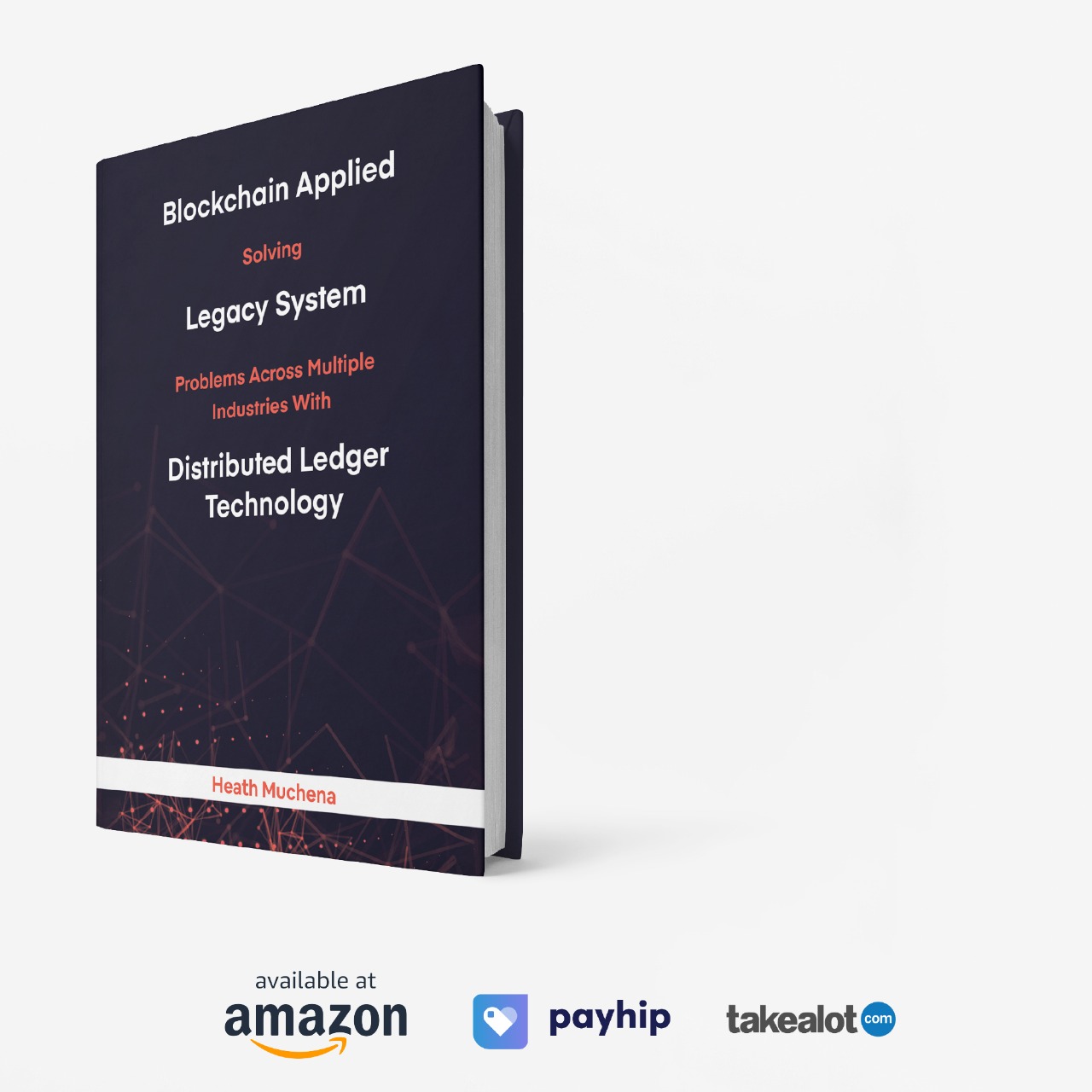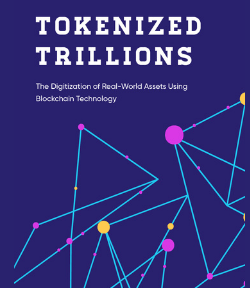
How Stablecoins and Bitcoin Are Quietly Rebuilding Global Finance
In the shadows of a crumbling fiat regime, a quiet financial revolution is taking place – not from
In the shadows of a crumbling fiat regime, a quiet financial revolution is taking place – not from the marble halls of central banks or the boardrooms of global lenders, but from the code running on public blockchains. The most transformative innovation of this new era may not even be Bitcoin itself, but rather its digital dollar companions – stablecoins.
What was once considered a utility token for crypto trading is now transforming into the killer app of Web3 finance. Backed by U.S. Treasuries and powered by blockchain rails, stablecoins are quietly replacing traditional banking functions – and they’re doing it more profitably, more transparently, and more efficiently than the institutions they mimic.
From Crypto Niche to Macro Backbone
Here’s a startling fact: Stablecoin issuers collectively now hold more U.S. Treasuries than Germany. Tether alone is more profitable than most U.S. financial institutions. These aren’t anomalies – they’re signs of systemic change. Dollar-backed tokens like USDT and USDC have become the twelfth largest holders of U.S. government debt. In essence, stablecoins are now critical buyers of U.S. debt, reinforcing dollar dominance not just domestically, but across global markets.
Despite representing just 27% of global GDP, the U.S. dollar accounts for nearly 88% of global forex trading and 100% of trading pairs in crypto markets. And while stablecoin usage in the U.S. remains modest – hovering around 20% – it’s exploding in Asia. Nearly 60% of global stablecoin trading activity now takes place in Hong Kong, Japan, and China. This isn’t just a story of digital innovation – it’s a monetary power shift.
Bitcoin: The Settlement Layer of Trust
Yet behind every stablecoin transaction lies a deeper infrastructure: Bitcoin. Bitcoin is becoming more than a speculative asset – it’s becoming the anchor asset of a new financial stack. Without Bitcoin’s secure, decentralized base layer, the trustless issuance and settlement of stablecoins would be far less reliable.
Think of Bitcoin as the bedrock. It’s immutable, decentralized, and beyond the manipulation of any one state or institution. Stablecoins, built on top of that foundation, offer the transactional efficiency of digital dollars without the drag of legacy finance – no correspondent banks, no wire delays, no hidden fees.
The New Face of Banking: Code, Not Corporations
Stablecoins function like short-duration dollar instruments. But unlike traditional deposits, they don’t sit in commercial banks. Instead, they circulate freely across open blockchains – available 24/7, instantly transferrable, and fully auditable. This changes everything.
We’re witnessing the rise of programmable money with real profitability. Tether, for instance, generates more profit than most global banks – not by lending with leverage, but by simply holding Treasuries and issuing tokenized liabilities. It’s the classic banking model – but rebuilt on-chain and stripped of bureaucracy.
Corporations are catching on. Amazon and Walmart exploring their own stablecoins isn’t about ideology – it’s about margins. A company-run stablecoin can streamline loyalty programs, eliminate payment intermediaries, and gain direct access to customer capital. For mega-retailers, it’s a balance sheet superpower.
Financial Markets and the Signal Beneath the Noise
Research into credit spreads, macro sensitivities, and V-shaped recoveries shows that market performance is less about Federal Reserve liquidity and more about perceived surprises and positioning. In other words, it’s not the data that moves markets – it’s how that data deviates from expectations.
During recent downturns, high-yield credit spreads barely widened – signaling not a recession, but a temporary growth scare. That’s why risk assets, including crypto, rebounded sharply. In a world where the narrative whipsaws sentiment, it’s crucial to ground analysis in market structure and behavior, not just economic forecasts.
The Convergence Is Here
What’s emerging is a unified financial architecture – where stablecoins function as globally liquid dollars, and Bitcoin acts as the trustless collateral backing it all. It’s not about “crypto versus Wall Street” anymore. It’s about the integration of programmable value into every layer of global finance.
Governments aren’t blind to this trend – they’re adapting. The U.S. Treasury sees stablecoins as long-term buyers of debt. Regulators are beginning to frame Bitcoin not as a threat, but as a strategic digital reserve. Institutional capital isn’t fleeing crypto – it’s building on it.
The Takeaway
This is not a trend. It’s a transformation. The rise of stablecoins signals a structural shift in how money, credit, and value flow through the global economy. Bitcoin isn’t just part of this change – it’s the cornerstone.
If you’re still treating crypto as a speculative sideline, you’re missing the point. The new financial system is already here – and it’s not waiting for permission.






